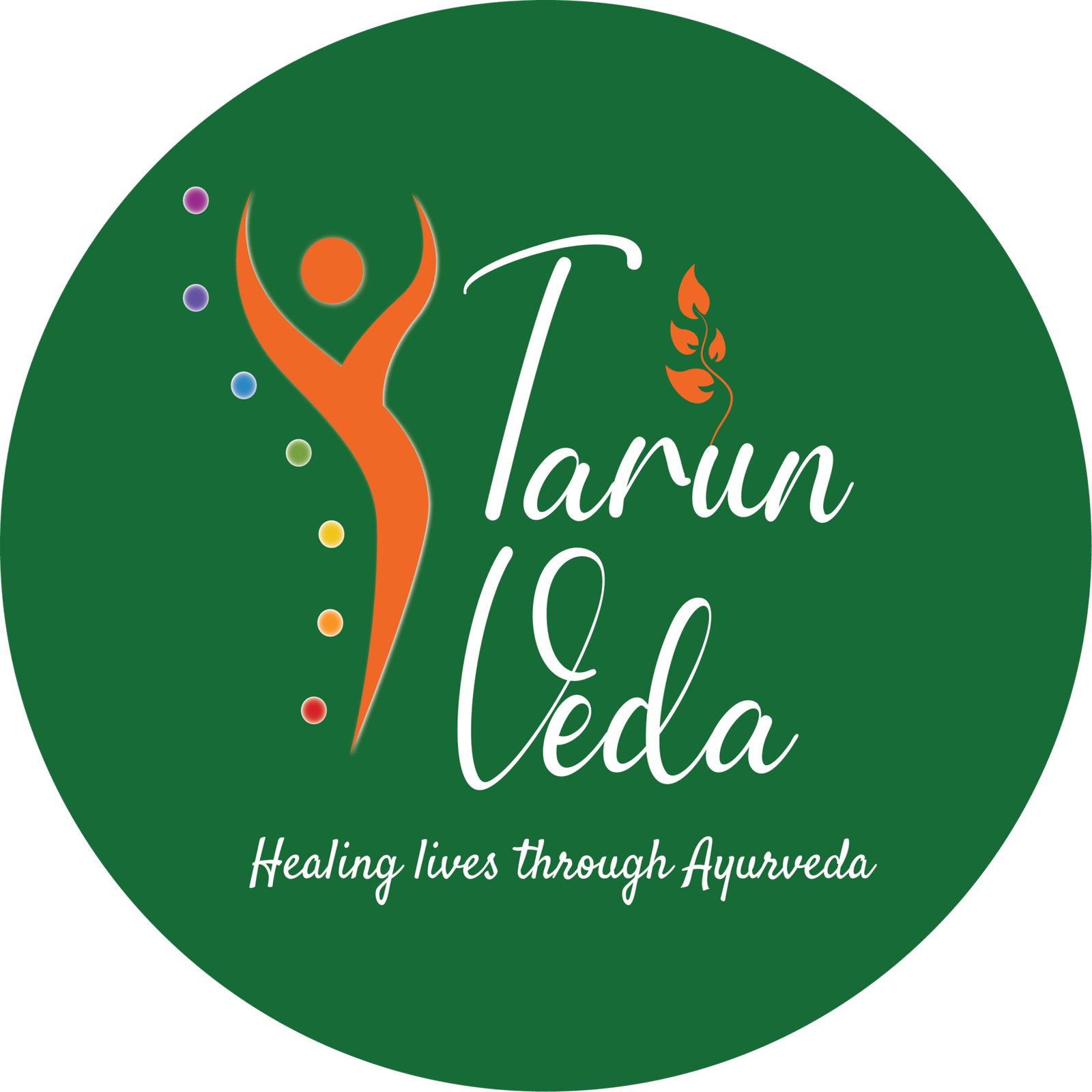Parasurgical
What is Parasurgical?
What Are the benefits of Parasurgical?
Contradictions Parasurgical procedure:
Because of the higher risks involved, patients with certain medical conditions, such as severe heart disease, lung illness, or blood disorders, may not be good candidates for minimally invasive operations.
Conventional surgery may be obligatory for some anatomical compositions or areas within the body that are strenuous to access or treat with Parasurgical procedures in Ayurveda.
Traditional surgery may be necessary to reliably access large or deeply hidden tumors or masses that cannot be reached easily by minimally invasive techniques.
Less intrusive procedures may not be as safe or successful if there have been prior operations or blemishes in the relevant part of the body.
Who Should Take Parasurgical?
Parasurgical hospitals render services to a broad range of patients seeking minimally intrusive procedures for either therapeutic or diagnostic motives. These techniques are particularly beneficial for patients who desire to minimize scarring, need precise diagnoses without generating extensive incisions, or are looking for therapies that require less recovery time when equated to normal operations.
Parasurgical Ayurvedic treatments are less invasive and more focused, which allures patients suffering from digestive disorders or early-stage cancers. Furthermore, for high-risk patients or those who would prefer outpatient care, Parasurgical solutions offer a safer and more feasible alternative to traditional surgery, sometimes allowing a quicker recovery and a quicker return to daily activities.
How Parasurgical works?
Parasurgical Hospitals care use cutting edge techniques to deliver less invasive therapeutic interventions and accurate diagnosis. Numerous minimally invasive treatments, including electrosurgery, cryosurgery, endoscopy, laser surgery, and ultrasound-guided operations, are frequently used in Parasurgical hospitals.
Within the field of alternative medicine, least invasive techniques are prioritized in Parasurgical procedures in Ayurveda. Parasurgical Ayurvedic treatments offer mild, holistic methods to diagnose and cure a range of illnesses by fusing traditional wisdom with contemporary practices. Those looking for less intrusive therapies with quicker recovery times may find these methods interesting because they emphasize natural medicines and try to avoid large incisions.
Integrating the fundamentals of, Parasurgical Ayurvedic treatments -- Ayurvedic physicians use minimally invasive methods according to each patient's constitution and condition. The goal of these Parasurgical Procedures in Ayurveda is to minimize disturbance to the body's natural equilibrium while promoting recovery through the use of accurate diagnostic methods and therapeutic approaches.
Why TarunVeda Therapy?
Tarunveda stands out as the best parasurgical Ayurveda clinics in Dwarka, Delhi because of its advanced treatment, experienced practitioners, and all-encompassing approach. This prestigious facility, which has a staff of skilled practitioners dedicated to individualized patient well-being, combines cutting-edge Parasurgical procedures in Ayurveda with age-old Ayurvedic knowledge. Tarunveda’s Parasurgical Service in Delhi, Dwarka which specializes in minimally invasive procedures, guarantees accurate diagnosis and mild interventions that are in line with the fundamental principles of Ayurveda. Its stellar reputation is based on a track record of effective therapies that prioritize minimally invasive procedures, quick recovery times, and natural medicines. With a convenient location of Parasurgical in Dwarka, Delhi, Tarunveda is well-positioned to provide inhabitants of the area cutting-edge, all-encompassing medical solutions in the field of Parasurgical Ayurvedic Treatment, guaranteeing unmatched wellness and care.
How is Parasurgical done?
Minimally invasive techniques are used during Parasurgical Ayurvedic Treatment, to access specific body parts using specialised tools or instruments. Using cameras or other imaging tools, the process entails precisely seeing the region once entry is gained. Biopsies, laser treatments, freezing or heating of tissues, excision of aberrant tissues, and other targeted therapies are some examples of interventions that may be used, depending on the particular technique.
